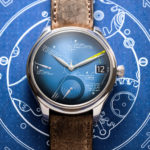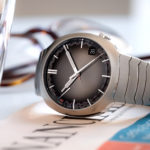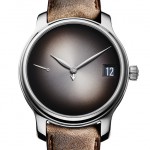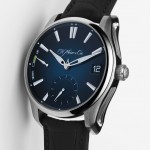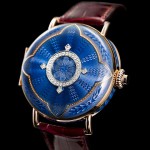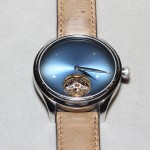H. Moser & Cie. Introduces the Endeavour Chinese Calendar
The traditional calendar presented in a contemporary manner.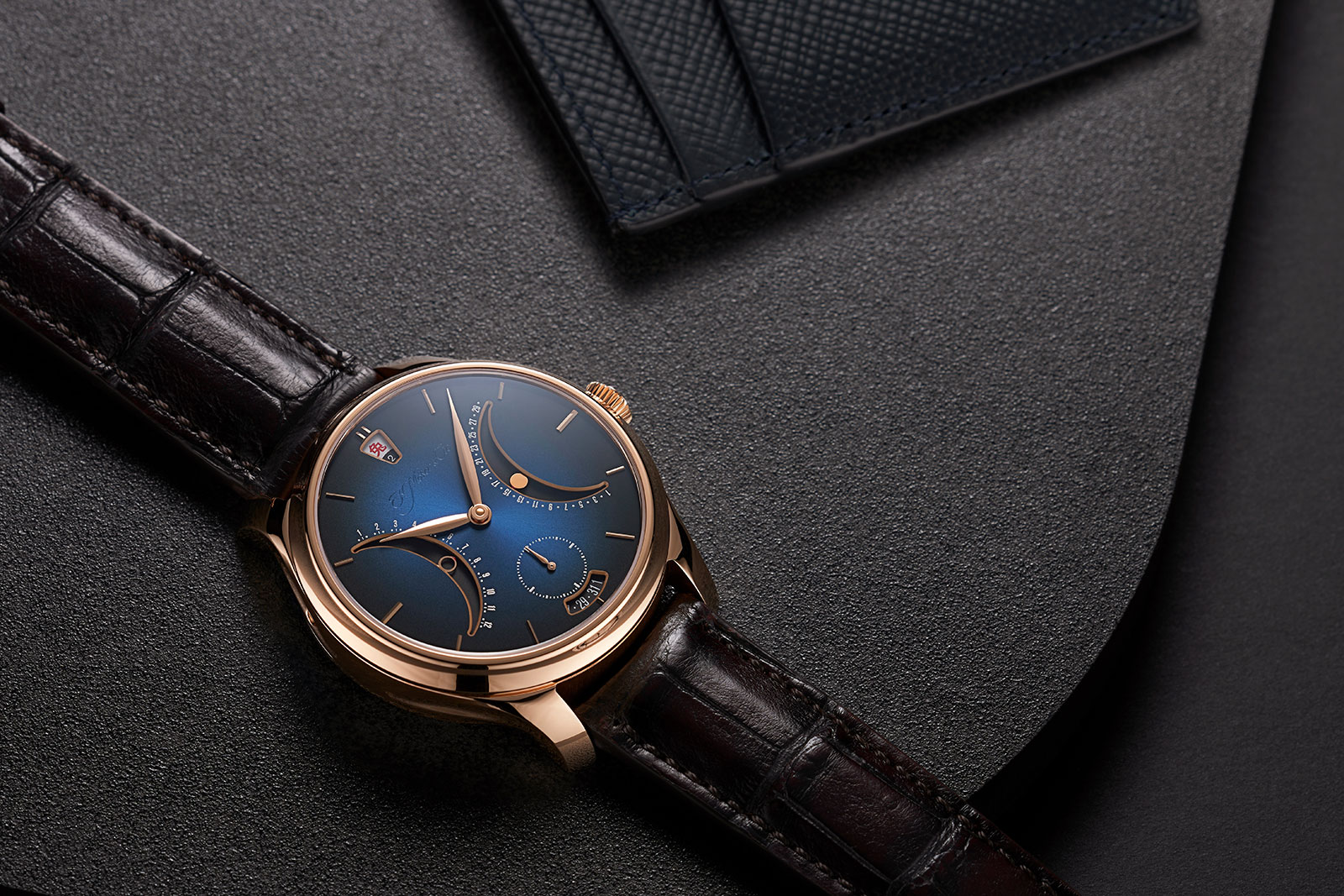
Having already one of the smartest perpetual calendars on the market, H. Moser & Cie. adds another calendar to its repertoire with the Endeavour Chinese Calendar. Sporting a double retrograde display, the new watch displays the traditional Chinese calendar, a lunisolar calendar that operates on the motions of the Sun and Moon, along with the Chinese zodiac. Unlike past watches with a Chinese calendar, the new Endeavour has a clean, modern aesthetic.
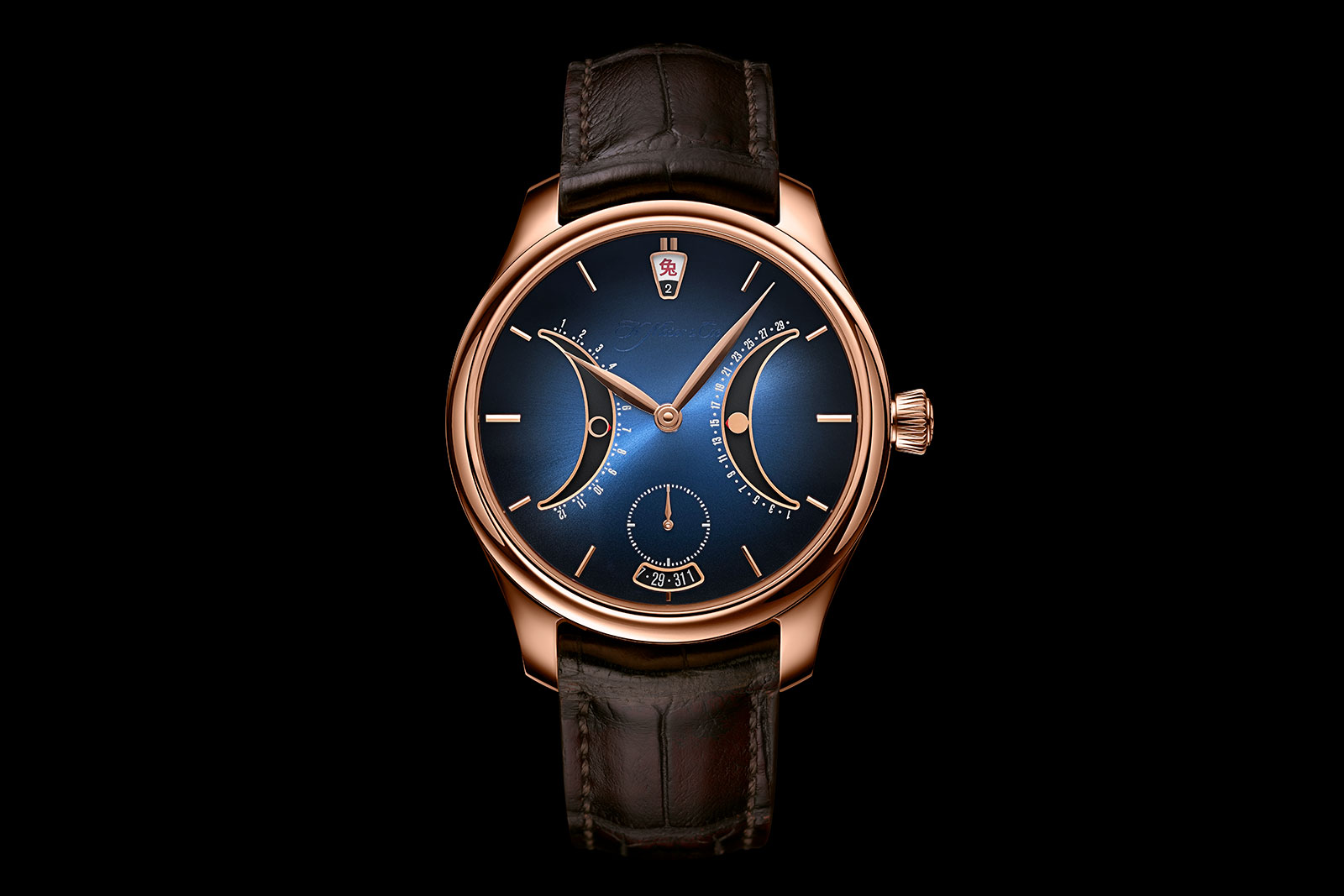
Initial thoughts
The Endeavour Chinese Calendar isn’t the first wristwatch to incorporate a traditional Chinese calendar, though it has the most concise display and is probably the easiest to understand. Past watches with Chinese calendars from the likes of Blancpain were traditional displays of the traditional Chinese calendar with as many Chinese characters as possible, resulting in busy dials.
Moser, on the other hand, opted for minimalism with retrograde scales and Arabic numerals for the calendars. The only downside of the calendar display is its size; the tiny numerals mean a magnifier is probably necessary. In short, the Endeavour Chinese Calendar is a smart take on the traditional Chinese calendar, but one that could do with larger numerals.
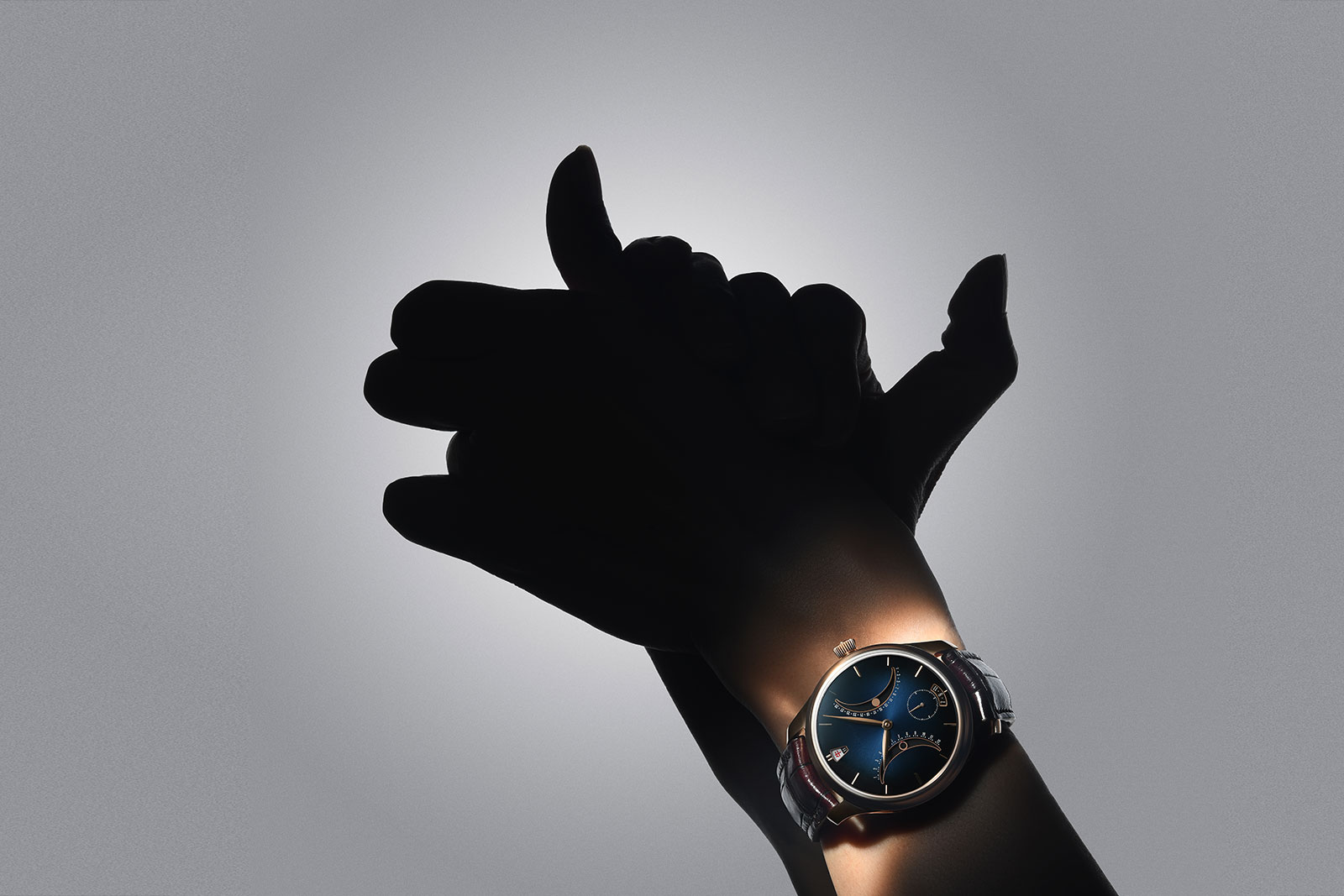
A lunisolar calendar
Now mostly used for ceremonial purposes like public holidays and determine auspicious dates, the traditional Chinese calendar is a lunisolar calendar that depends on the Moon and Sun. A month for instance is the time between two new moons, with either 29 or 30 days. For that reason, annual events like Chinese New Year do not occur on the same date each year.
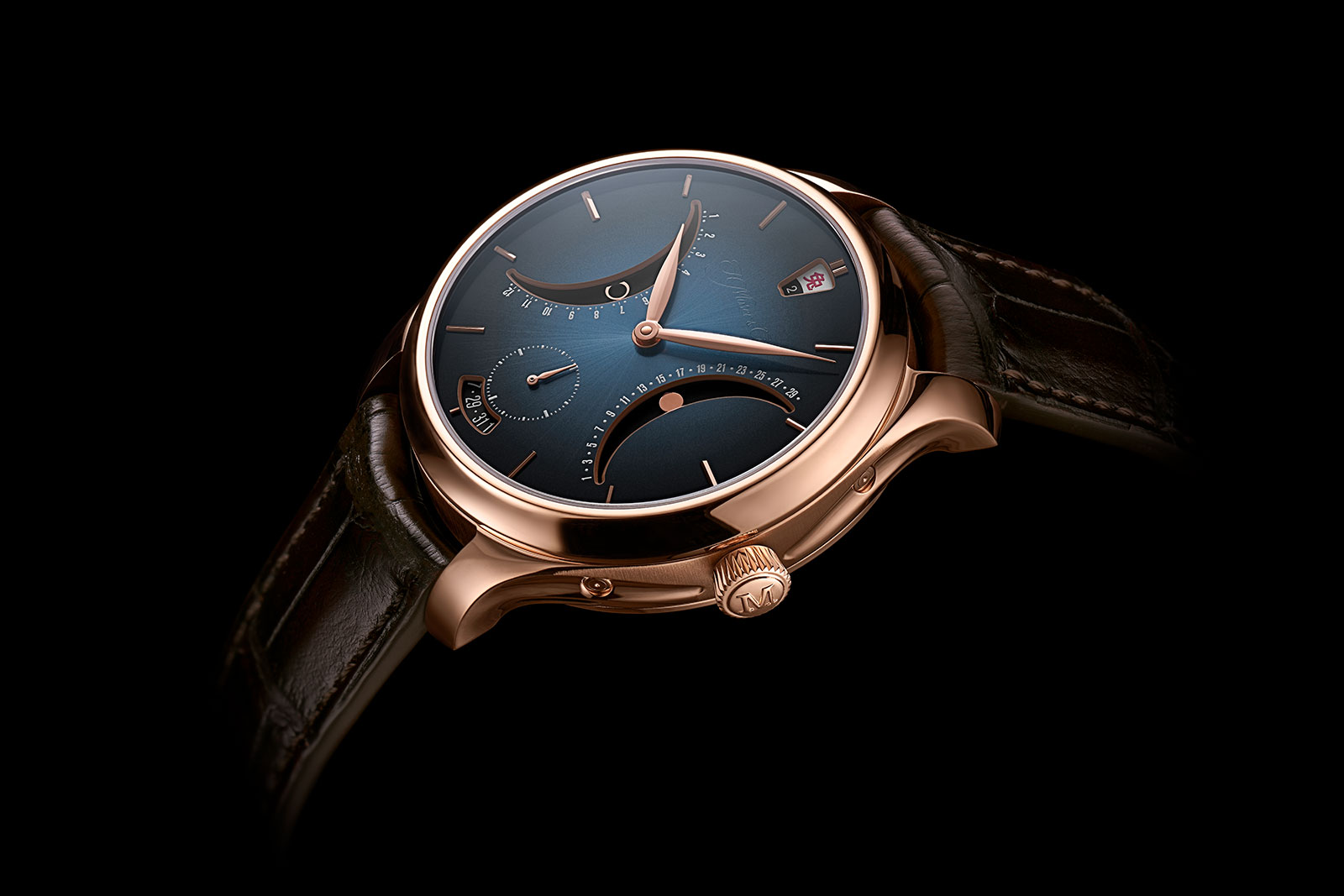
The Endeavour Chinese Calendar manages to keep track of all of that with three indicators on the dial: the year and embolismic month at 12 o’clock, months on the left-hand scale, and days and moon phase on the right-hand scale. Due to the nature of the Chinese calendar, however, the disc for the year display requires replacement every 12 years – convenient enough since it is “at the same time as the watch is serviced” according to Moser.
And for the sake of practicality, the conventional date of the Gregorian calendar sits in a small aperture at six o’clock. All of the calendar indicators, Chinese and Gregorian, can be set via pushers in the case.
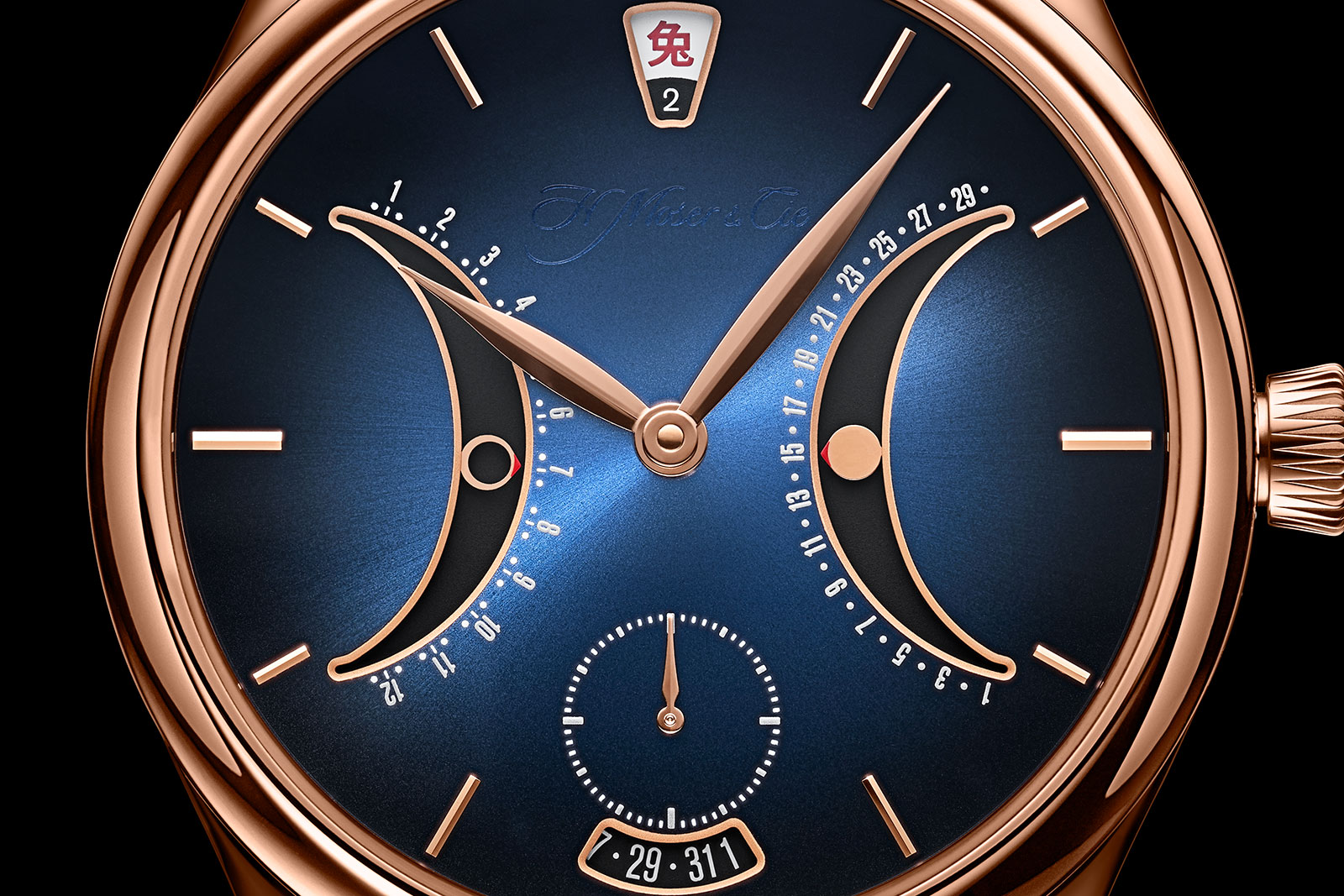
The Endeavour Chinese Calendar is powered by the HMC 210. The base calibre is Moser’s in-house automatic, while the calendar module is courtesy of Agenhor, the complications specialist now part owned by Moser.
Unlike Moser’s conventional perpetual calendar that was an entirely new construction, the Chinese Calendar is derived from several existing movements developed by Agenhor. The display takes after Agenhor’s trademark bi-retrograde calendar developed in the 1990s, while the Chinese calendar programming is also found in the Xiali Calendar that Agenhor developed for Parmigiani.
The rest of the watch is typical Moser, with the Endeavour case measuring 40 mm in diameter, identical to most other Endeavour models, though slightly thicker at 13 mm high. Th dial has a dark blue fume finish that darkens towards the edges, along with a “secret” signature under 12 o’clock.
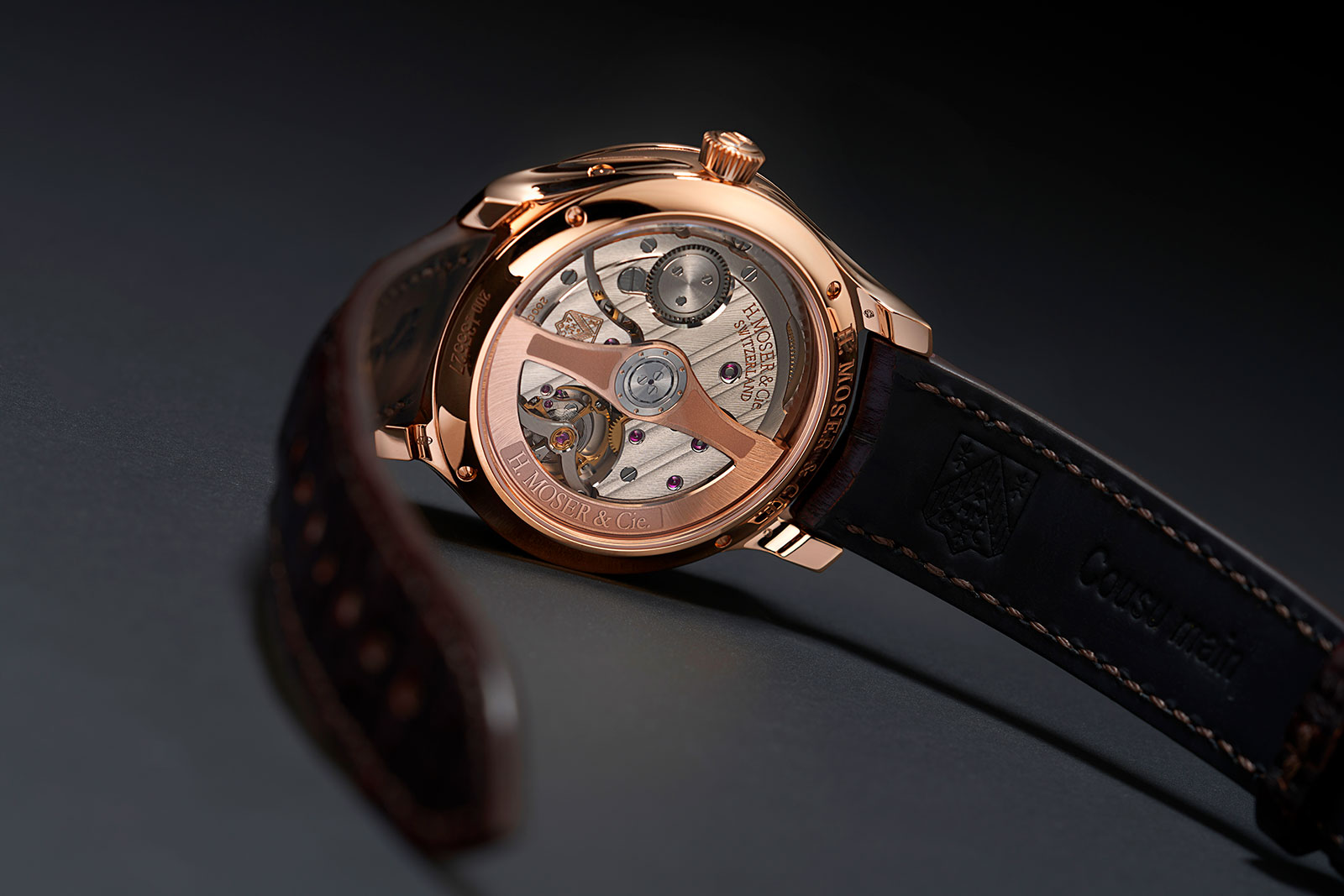
Key Facts and Price
H. Moser & Cie. Endeavour Chinese Calendar
Ref. 1210-0400
Diameter: 40 mm
Height: 13 mm
Material: 18k red gold
Crystal: Sapphire
Water resistance: 30 m
Movement: HMC 210
Functions: Hours, minutes, seconds, Chinese calendar, and Gregorian calendar day
Winding: Automatic
Frequency: 21,600 beats per hour (3 Hz)
Power reserve: 3 days
Strap: Alligator with pin buckle
Limited edition: 100 pieces
Availability: At authorised retailers
Price: US$74,800
For more, visit H-moser.com.
Back to top.

